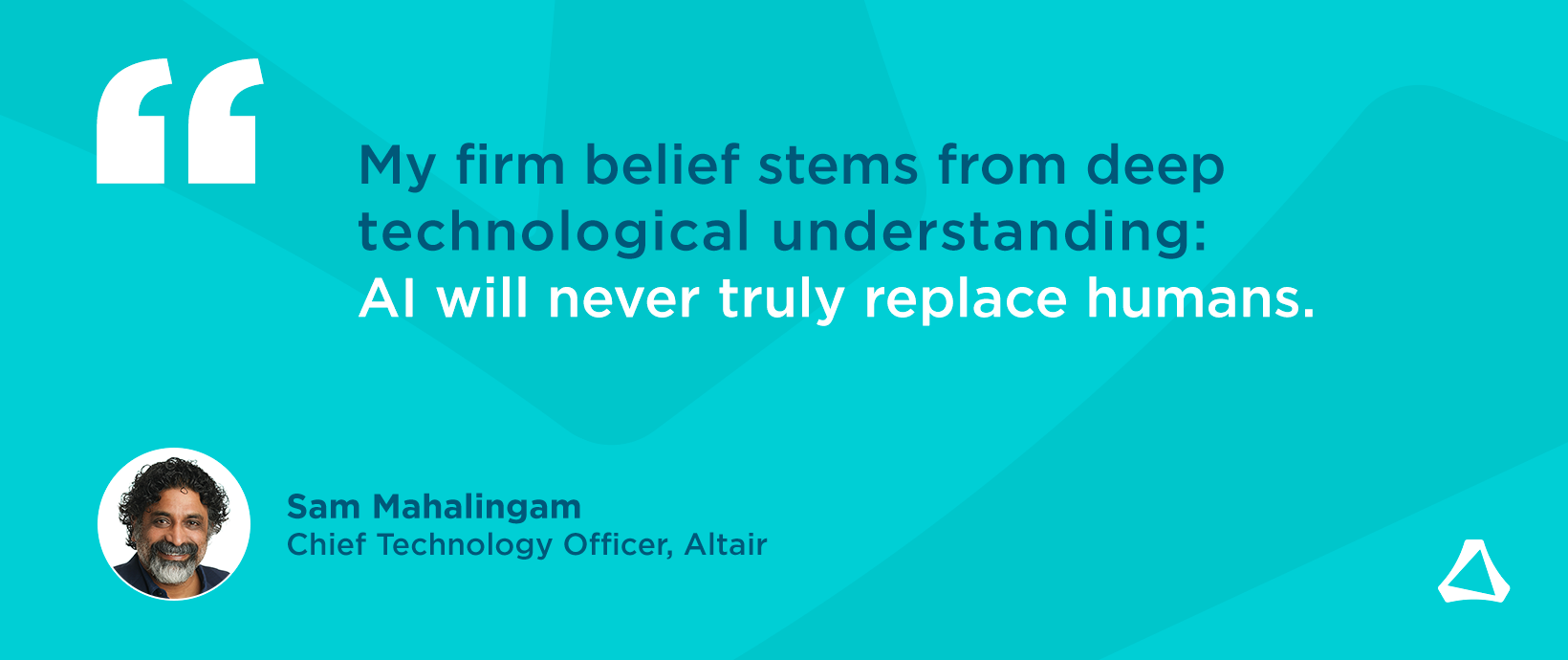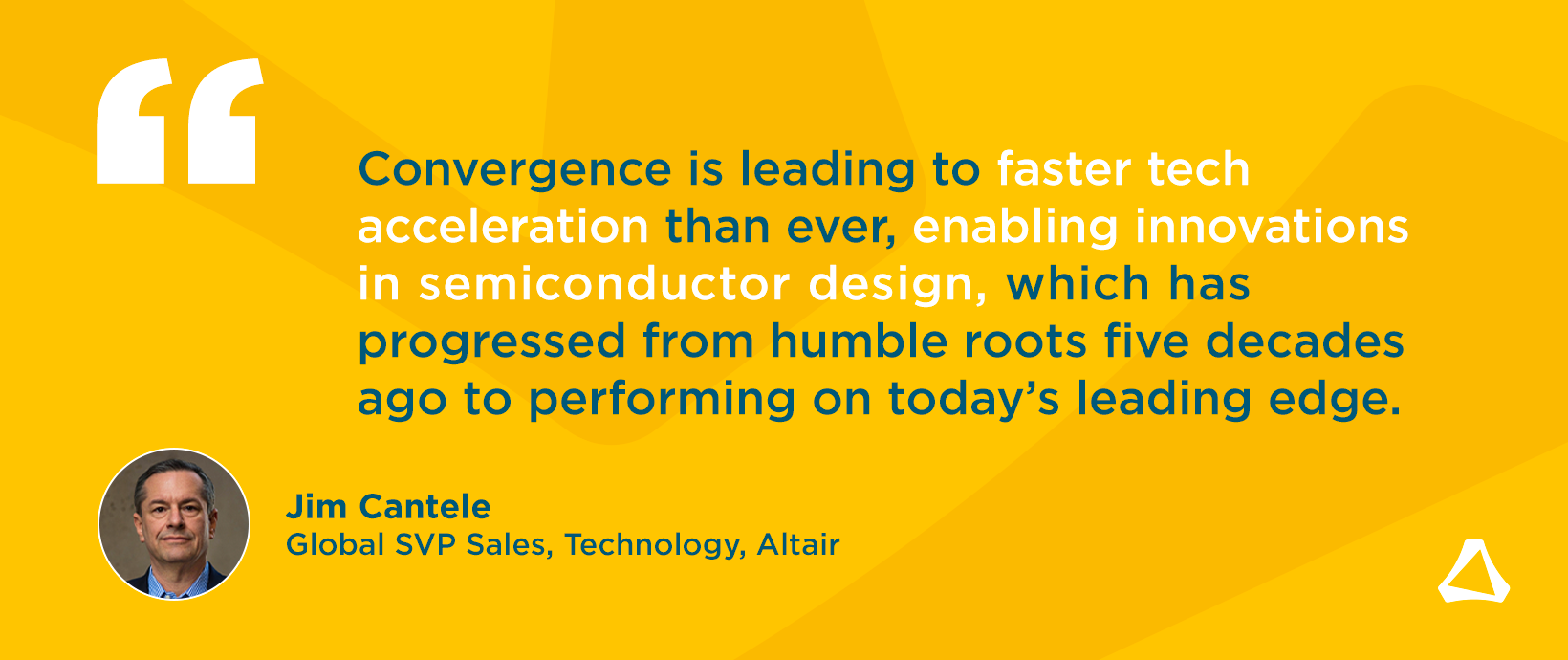Simulation-Driven Design Drives Capacity in Additive Manufacturing

As a proud Altairian for more than 30 years, I’ve seen a lot of transformations in product development:
- The growth of high-fidelity system-level simulation to drive design, reduce test and improve product performance.
- Topology optimization to generate and refine structures beyond the limits of human intuition.
- Multiphysics simulation and optimization that enables product development teams to navigate the challenges of competing product requirements and manufacturing considerations.
- Scalability of high-performance computing (HPC) resources to meet the ever-rising demand for simulation power.
- Machine learning, artificial intelligence and data analytics being applied to all aspects of the engineering and design process to leverage the untapped value of the vast store of past and present product knowledge.
One that has made a significant impact for nearly all industries was the inception of simulation-driven design. And while simulation-driven design has truly transformed the product development lifecycle, it isn’t new for us. We’ve been doing it for decades and have a long history of working with our customers in all industries to design optimized and manufacturable products including, LEIBER Group, Polaris, RUAG Space and AMAZONE.
The practice really advanced when Altair established Optimization Centers with our customers Boeing and Airbus in the early 2000s. Up until this point, advanced engineering simulation was traditionally employed as virtual testing of a mature design, which was performed late in product development just before building a physical prototype. Even when optimization was applied at this late stage in the development process, it was unable to deliver its full potential. The Optimization Centers brought topology optimization upfront in the development process pairing skilled Altair simulation engineers with experienced aerospace designers.
To make optimization accessible to engineers with lesser or no optimization experience, Altair created the Altair Inspire platform, simulation-driven design software that used the same physics as established tools, yet it was developed specifically with a design audience in mind to ensure better and more efficient designs are maximized. This democratized simulation-driven design and enabled many more companies to use simulation technology to create a design. It drastically shortened the time it takes to develop products; simplifying validation and reducing iterations.
Today, with advancements in machines and materials, many organizations are looking to additive manufacturing (AM) as an increasingly cost-effective and efficient production solution. Just a few years ago, AM was purely associated with rapid prototyping, research projects and advanced engineering teams.
These organizations are moving AM from an advanced capability to a production capacity technology. Across industries we’re seeing organizations utilize solutions like Altair Inspire to optimize their designs for additive manufacturing (DfAM) with early manufacturing analysis, including applying machine learning to production decisions, and to simulate material characteristics. It’s the integration of these robust and accessible simulation design tools combined with AM that will lead to advanced and high-performing products, and efficient manufacturing methods that save time, dollars and material.
Want to learn more? Join us at formnext to learn about our approach to advanced manufacturing from design to production.




